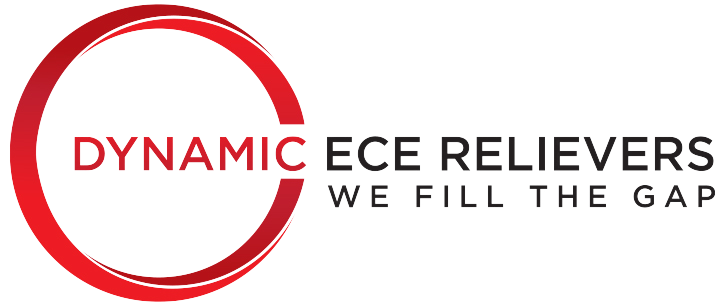Are you ready to jump into work as a reliever, but still have some second thoughts about resume-building? Creating the cover letters and CVs necessary for application can be pretty daunting! Whether you’re a seasoned teacher looking for a new career path, or a fresh graduate, we’ve got some handy tips ready to help you ace your applications and create a killer CV.
A good CV has a few basic components: relevant experience, qualifications, the right skills, achievements, and your own personal spin! Above all, a good CV includes strong and succinct content. Let’s break each of those components down.
- Relevant Experience
Experience is the best teacher, so to help you land your own relief teacher jobs, it’s a section that you really want to nail. Highlight the jobs that are the most relevant and impactful. This will vary a bit depending on how many you’ve had, but if you’re a seasoned teacher it’s best to stick to jobs that were based in childcare or teaching. Good jobs to include are those where you worked in childcare centres. Be sure to include a summary of your general tasks and the ages of the children you’re comfortable working with. As a relief teacher, centres want to be sure that you’re capable and able to fit into their team. An example job could be as follows:
Childcare Centre, 2009-2011
- Worked with students in the babies’ room. Responsibilities included general child care and feeding, cleanup, attention to health and safety, working with the rest of the team
If you haven’t had a teaching role before, and are a fresh graduate, don’t panic! It can be just as valid to include the details of any practical training you had while completing your qualification. In addition, any tutoring roles, teacher’s aide jobs, or child care roles could be helpful to let people know that you do have some familiarity working with kids

2. Qualifications.
Qualifications can be important, but the most important part here is to check what your employer requires. Generally, these requirements will be listed on the application page. Different places may want to see different forms of training, so your CV should directly target those areas that they find most relevant.
Generally, it’s a good idea to include a combination of any formal education and general certifications. If you’re including a university degree, be sure to list your major, the institution you studied at, your date of graduation, and the level of your degree. Alternatively, licenses can be great too. Whether professional credentials or first aid training, be sure to include relevant licenses. When listing these, include information like the validation date, institution granting it, and membership number (if applicable).
3. Applicable Skills
One major piece of advice here: keywords. If there’s certain keywords describing the ideal candidate listed in the job application, include ways that those are relevant to you! Keep it snappy and relevant. While you may have hundreds of skills, listing only a few well-chosen ones will almost always be more interesting to the person reading your CV.
As a relief teacher, skills like flexibility, adaptability, enthusiasm, and teamwork are super important to help your resume soar!
Skills can also be a mix of things. For relief teachers, we recommend including a mix of interpersonal ‘soft’ skills (resourceful, creative, empathetic, tactful, organized, enthusiastic), technical skills (parent interaction, lesson planning, special needs education, report writing), and digital competency (PowerPoint, Google Docs, Classkit, Blackboard, Slack, Skype, Excel).
4. Quantifiable Achievements
If you have any achievements, don’t be shy about showing them off! High test scores (include specific numbers when listing these) or professional awards are always useful. Community recognition can be a powerful tool.
If you don’t have any formal achievements, don’t sweat it. Bring that same specificity into other daily achievements. Quantifying your work with a number transforms a task. For example, ‘leading a student trip to a park’ is better phrased as ‘organizing a trip with 30+ students to visit local reserves and learn about 10 different native plants growing there’. The added detail in the latter description gives your employer a better appreciation of what you’ve achieved through doing a task.

5. What makes you unique
This step is important to help your work stand out. Think about what your unique skill set is. Did you do an extra training program in tikanga? Do you know extra languages? What are the values that you bring to your teaching style?
Have a think about your own teaching methods. Do you like to use ‘’hands-on’’ games? And if so, why is this unique skill good? Link your teaching style to positive outcomes, such as increased self-confidence or boosting children’s motor skills.
Relief work is all about ensuring that your unique skills help better a centre while you’re there with them.
6. Strong Content
Even if you have an impressive list of jobs and skills, your resume may still need some work. One of the biggest skills people make is prioritizing quantity over quality. Your CV should be 2-3 pages at a maximum, and focus on only the strongest parts of your background.
If you’re looking for ways to cut down, here’s some tips: only list just from the most recent 10 years (unless you’re re-entering the workforce after some time off), keep job descriptions to around 6 lines, and have no more than 10 skills. Think of your CV as a short advertisement for yourself and include only the highlights.
